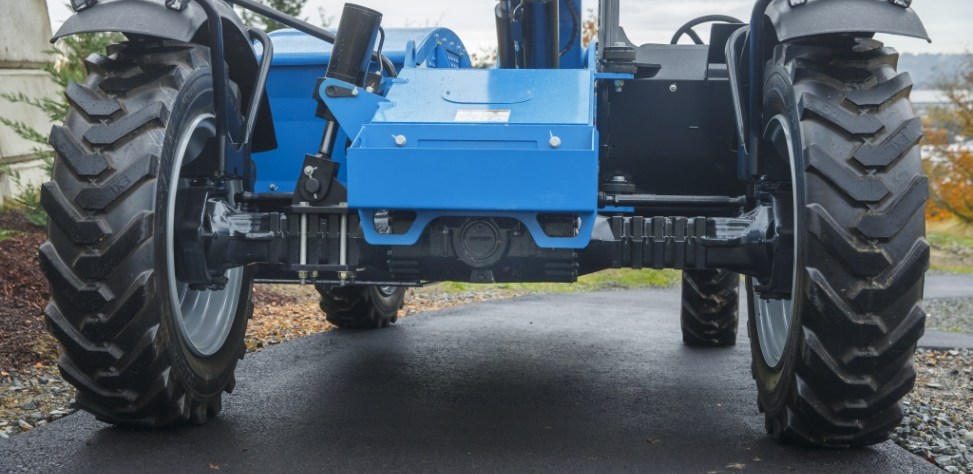Changing Telehandler Axle Oil
by Josh Taylor - Product Manager On Sep 18, 2018, 03:00 AM
Subscribe To Aerial Pros
Filter by tags
It’s no secret, preventive maintenance keeps rental equipment, like telehandlers, running at peak efficiency, day in and day out. What you may not realize, though, is that there are some components on your telehandler need special attention from time to time. One of those areas is your telehandler’s axles.
Telehandler axle oil explained
A common mistake is to assume that your telehandler’s axles use the same lubricating oil as the hydraulic system. Many failures in the field, such as failed seals and excess mechanical wear, have been caused by either not servicing the axles at the prescribed intervals or refilling the axles with the wrong oil. Hydraulic oil is great for the hydraulic system of your machine, but it is not the right viscosity for the axles. Hydraulic oils, transmission oils and engine oils typically do not offer enough lubrication to keep things working smoothly or to dissipate the heat generated during operation.
Telehandler axles generally require an SAE 80W/90 spec oil, which is heavier and more viscous than hydraulic or engine oil. This allows it to form a protective barrier between contact surfaces such as gears and brake discs and to dissipate heat from those components as they operate.
Thermal cycling of the oil through driving and braking causes the oil to degrade over time. As it degrades, it loses the ability to lubricate the mechanical components and dissipate heat. This can lead to premature wear of internal components like gears, shafts and brake discs. This can also lead to seal failures in the brake system, which allows the axle housing to be flooded with hydraulic oil as the brakes are actuated. The most common discovery of this type of failure is that a user will notice oil weeping from the axle breather. Resealing the brake pistons requires removal and disassembly of the whole axle, which is time consuming and frustrating.
As the saying goes, “An ounce of prevention is worth a pound of cure.” A properly maintained axle will help keep the machine performing well for rental after rental.
Programmed telehandler axle oil maintenance
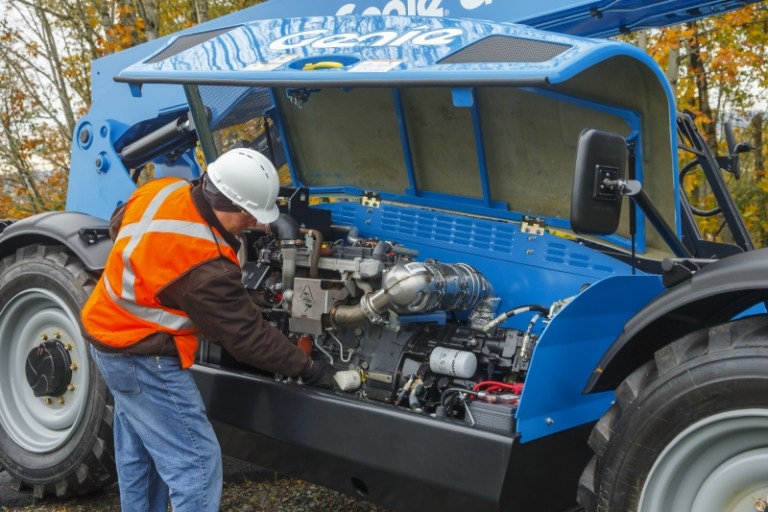 Machine hours will determine what maintenance tasks need to be performed on your telehandler’s axles. Around 50-100 hours of operation, or within a month, you need to check the axles’ oil level and add additional oil if the levels are low, as prescribed by the manufacturer’s recommended guidelines.
Machine hours will determine what maintenance tasks need to be performed on your telehandler’s axles. Around 50-100 hours of operation, or within a month, you need to check the axles’ oil level and add additional oil if the levels are low, as prescribed by the manufacturer’s recommended guidelines.
Between 100-200 hours, you may be required to check and/or change the oils in the axle system, including the differential oil, the hub oil, the differential lubricating oil and the planetary differential oil. At this time, you may also be required to clean the magnetic oil plugs, clean the oil breather and grease the axles, as well as adjust the negative brake. Additional servicing and maintenance required as the machine continues to work and ages is prescribed in the telehandler’s service (or maintenance) manual.
Follow the manufacturer’s guidelines for best results
Because your telehandler’s axle system is unique to the machine, all tasks are outlined in the telehandler’s service (or maintenance) manual and should be followed per the manufacturer’s recommendations. This will keep your telehandler in the field and working productively.
Related Posts
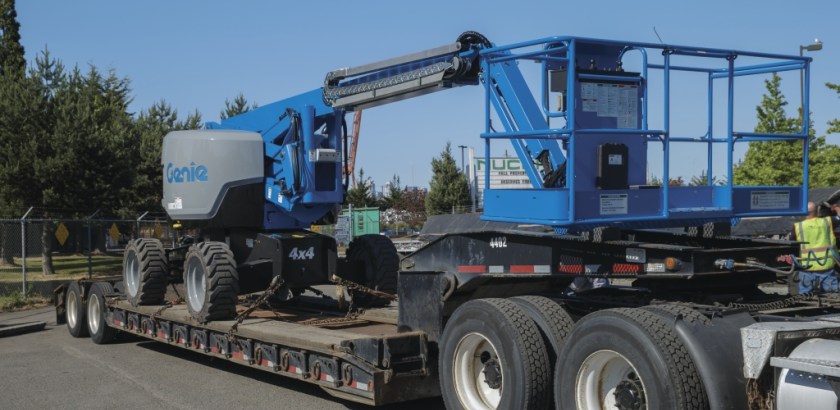
National Safety Stand-Down 2017: Tips for Inspecting Your Booms for Maintenance Parts
We know keeping your equipment up and running on the job is at the utmost importance for your business.
Continue Reading
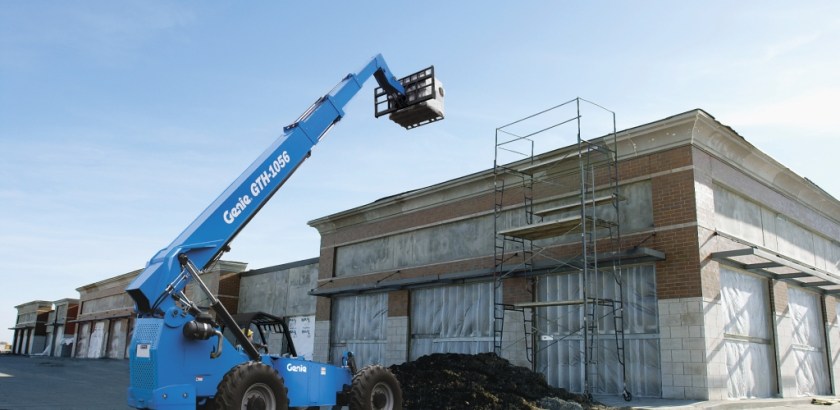
Routine Maintenance Overview for Genie Telehandlers
Reminding your customers about the importance of checking fluid levels and greasing the machine daily should be something your employees do whenever a telehandler goes out on rent.
Continue Reading
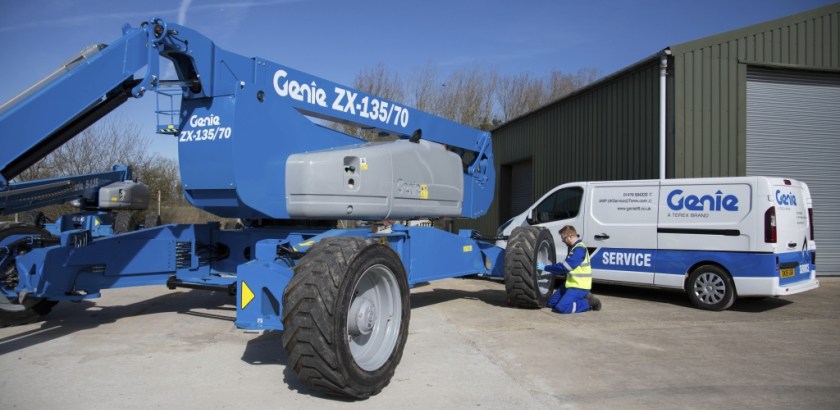
Controlling Maintenance Repair Time is Key to Lowering Fleet Costs
Controlling the cost of your rental fleet is important to be a profitable rental company, but where do you begin?
Continue Reading


